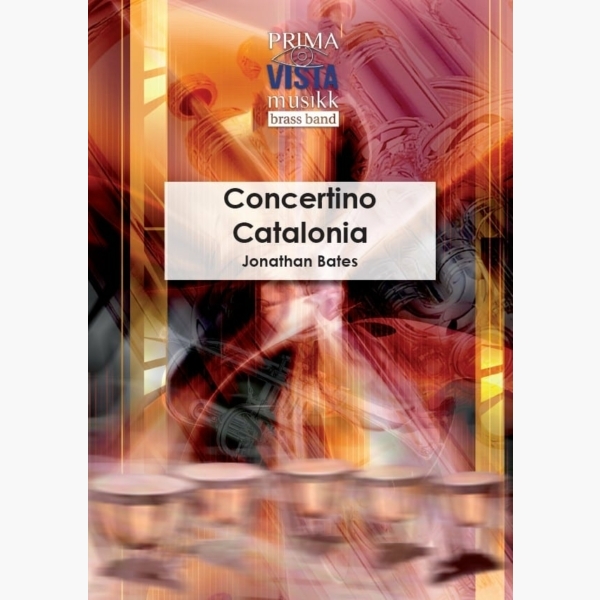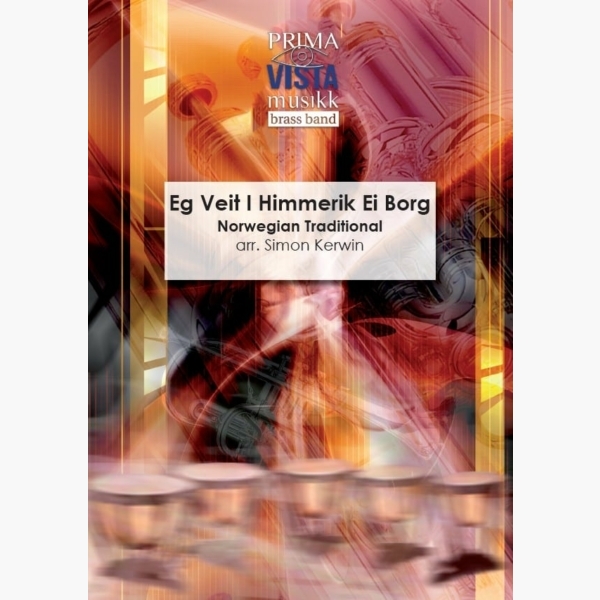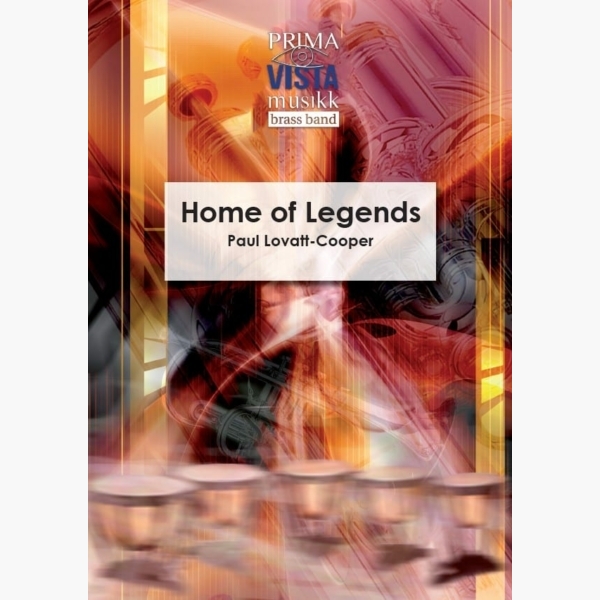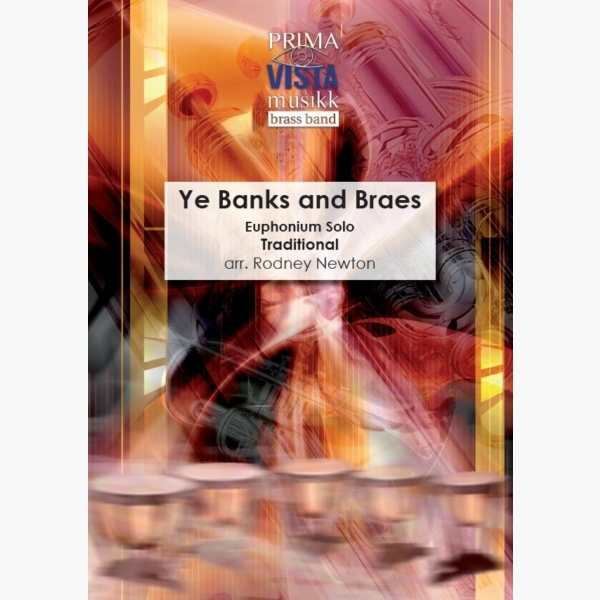Results
-
 £49.95
£49.95Blaze - Phil Lawrence
Cornet/trumpet sounds have been changing for some years; they are becoming heavier, more robust, slower vibratos. The dynamic level now pushed out by your average solo cornet is 30% more than it was some 35/40 years ago. This, is mainly...
Estimated dispatch 5-7 working days
-
 £34.95
£34.95Clydebuilt - Alan Fernie
Clydebuilt is a short descriptive overture, commissioned and premiered by the Riverside Youth Band in 2016. The band are based by the banks of the famous River Clyde, which is synonymous with shipbuilding. Indeed, it is said that any ship...
Estimated dispatch 5-7 working days
-
 £24.95
£24.95Concertino Catalonia - Jonathan Bates
Composed for the Flowers Band, this fiery-paced Spanish showpiece stays true to the 'concertino' name by featuring many sections within the band. Percussion gives the piece its rhythmic drive, whilst there are a number of individual contributions, starting with euphoniums...
Estimated dispatch 5-7 working days
-
 £24.95
£24.95Eg Veit I Himmerik Ei Borg (Castle in the Sky) - Traditional - Simon Kerwin
Eg Veit I Himmerik Ei Borg (Castle in the Sky) is an ancient Norwegian folk-tune, originating from the Hallingdal area of the country. The words however, are German. They were translated into Norwegian by Bernt Stoylen in 1905, and set...
Estimated dispatch 5-7 working days
-
 £24.95
£24.95Home of Legends - Paul Lovatt-Cooper
Home of Legends was commissioned by, and composed for the 'Brass Band Summer School'. The music pays homage to the many legends who have been involved with this prestigious institution throughout its history. The BBSS staff are regarded as some...
Estimated dispatch 5-7 working days
-
 £24.95
£24.95The Irish Washerwoman - Irish Traditional - Rodney Newton
The Irish jig is very fashionable within the traditions of Irish dance music and none more so than this particular favourite, The Irish Washerwoman. There are various forms of jig including the 'single jig', 'slip jig' and 'slide jig'. Written...
Estimated dispatch 5-7 working days
-
 £34.95
£34.95The Rising - Andrew Ford
To human beings, bushfires are terrifying and often deadly events. But to the Australian bush, they bring the prospect of regeneration. After the conflagration, comes peace. It is often only a few days after the fire that the first shoots...
Estimated dispatch 5-7 working days
-
 £24.95
£24.95We Three Kings - Rev. John Henry Hopkins Jr - Dean Jones
'We Three Kings of Orient Are' is a Christmas carol (technically an Epiphany carol) written by Rev. John Henry Hopkins, Jr. who wrote both the lyrics and the music as part of a Christmas pageant for the General Theological Seminary...
Estimated dispatch 5-7 working days
-
 £24.95
£24.95Ye Banks And Braes - Traditional - Rodney Newton
This melody is purported to have been written in 1788 by a Charles Miller who expressed a desire to compose an authentic Scots air. The words associated with the tune are by Robert Burns and tell the tale of a...
Estimated dispatch 5-7 working days
-
£24.95
THROUGH THE FAIR (Flugel Horn Solo with Brass Band Set) - Traditional - Chelsea Pascoe
Ethereal and refined in style, this arrangement begins with soloist alone while instrumentation is gradually added to build texture and intensity. The opening effects are mirrored in the conclusion to the piece.
Estimated dispatch 7-14 working days
